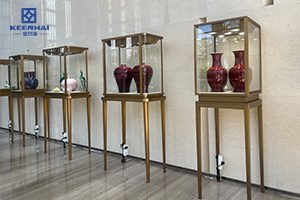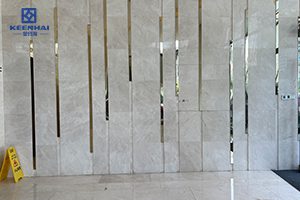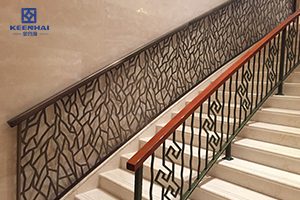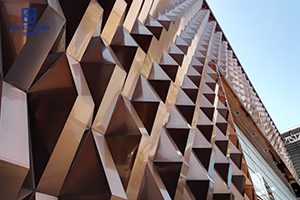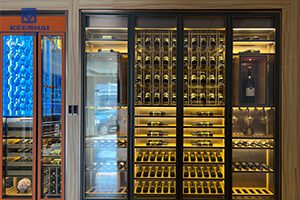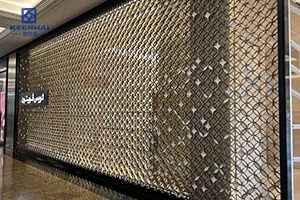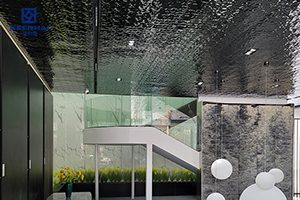Overview of Stainless Steel:
So, what is stainless steel exactly? It’s an alloy primarily composed of iron, chromium, and other elements like nickel and molybdenum. Stainless steel is well known for its excellent corrosion resistance, strength, and aesthetic appeal. These qualities make it ideal for everything from kitchen appliances to industrial machinery.
The Composition of Stainless Steel
A. What Is an Alloy?
To understand what is stainless steel, we first need to define what an alloy is. An alloy is a mixture of two or more metals (or a metal and a non-metal) that is designed to have specific properties. Stainless steel, for example, combines iron with chromium, nickel, and other elements to create a material that offers excellent strength and resistance to corrosion.
B. Key Elements in Stainless Steel:
- Iron (Fe):
Iron is the primary metal in stainless steel, providing the foundation. Although iron itself is prone to rust, combining it with other elements transforms it into a much more durable and corrosion-resistant material. - Chromium (Cr):
The addition of chromium is crucial to what is stainless steel. Chromium forms a protective layer of chromium oxide on the surface, which prevents rust and corrosion, even when the steel is exposed to moisture and air. - Nickel (Ni):
Nickel is often added to stainless steel to improve its strength and resistance to corrosion. It also enhances the alloy’s ability to withstand extreme temperatures. - Other Elements:
Additional elements like manganese, molybdenum, and carbon are used to further enhance specific characteristics. Manganese, for example, increases toughness, while molybdenum helps improve resistance to pitting and crevice corrosion.
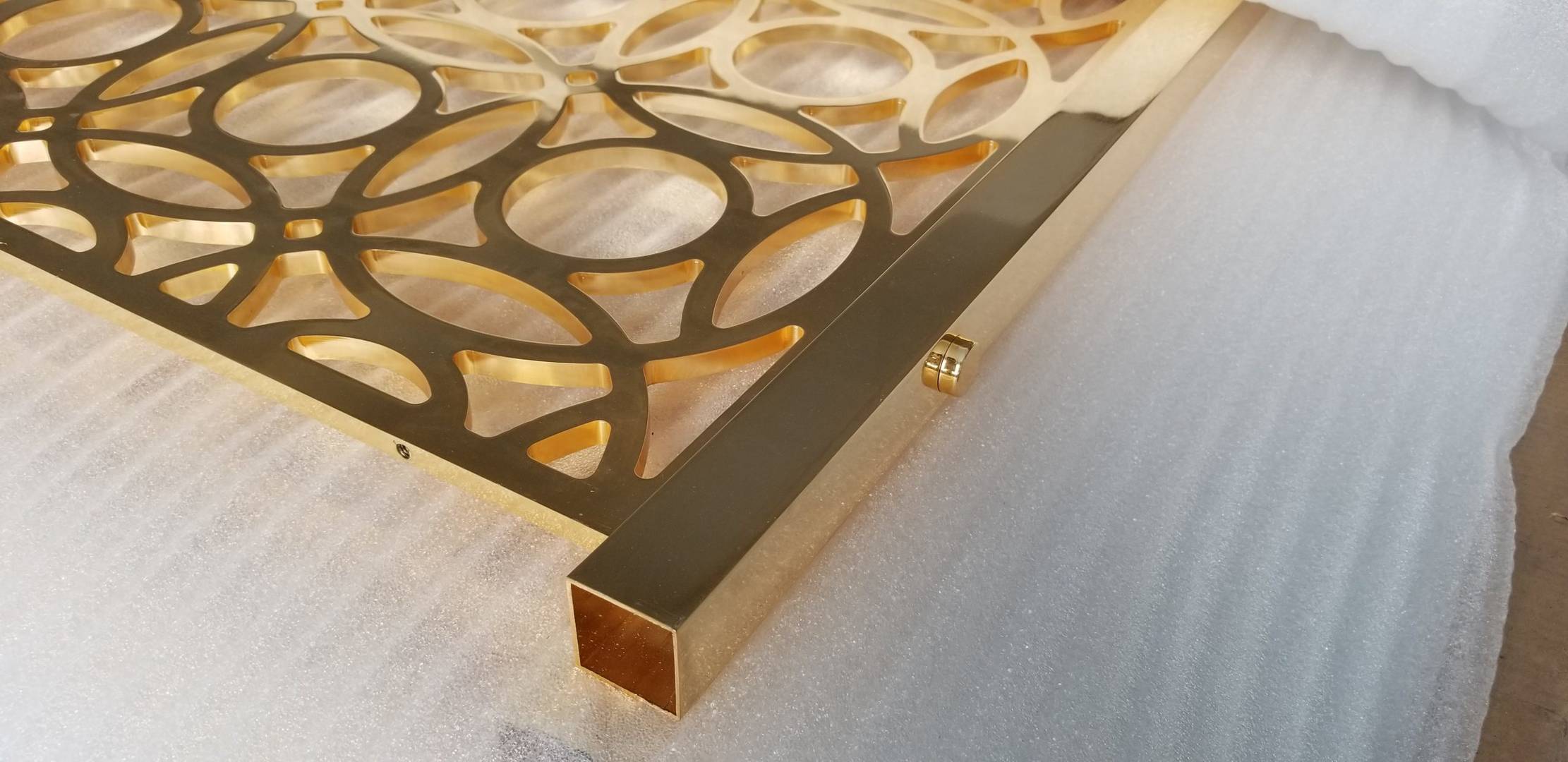
Key Properties of Stainless Steel
Corrosion Resistance:
One of the primary reasons why stainless steel is so widely used is its outstanding resistance to corrosion. So, what is stainless steel’s secret? The chromium in the alloy forms a thin, self-healing oxide layer that protects the material from rust, making it perfect for use in environments where exposure to moisture and chemicals is common.
Strength and Durability:
Stainless steel is also known for its strength. Whether it’s structural steel in a building or the frame of a car, what is stainless steel’s contribution? It provides durability and high tensile strength, meaning it can withstand heavy loads and physical stress without bending or breaking.
Aesthetic Appeal:
Another feature that makes stainless steel a popular choice is its appearance. The shiny, reflective finish of stainless steel can add a modern, sleek touch to products and designs. In fact, its visual appeal makes it a go-to material for both functional and decorative uses.
Heat Resistance:
Stainless steel also exhibits excellent resistance to heat. So, what is stainless steel’s advantage when exposed to extreme temperatures? It maintains its integrity under high heat, which makes it ideal for applications like cooking equipment, industrial machinery, and exhaust systems.
Paslanmayan polad növləri
The Four Main Types of Stainless Steel:
- Austenitic Stainless Steel (Type 304 and 316):
This type of stainless steel contains high amounts of chromium and nickel. It is non-magnetic, highly corrosion-resistant, and commonly used in kitchen appliances, medical instruments, and chemical processing. - Ferritic Stainless Steel:
Ferritic stainless steel contains less nickel than austenitic types and has higher levels of chromium. It is magnetic and is used primarily in automotive exhaust systems and decorative features. - Martensitic Stainless Steel:
This type is known for its hardness and high tensile strength. It is commonly used for tools, knives, and surgical instruments, where both strength and sharpness are required. - Duplex Stainless Steel:
Duplex stainless steel is a blend of austenitic and ferritic steels, offering high strength and resistance to stress corrosion cracking. It’s used in chemical processing and offshore oil rigs.

Common Uses of Stainless Steel
Kitchen Appliances:
What is stainless steel’s role in kitchens? Its resistance to corrosion, ease of cleaning, and aesthetic appeal make it ideal for products like cookware, sinks, refrigerators, and dishwashers.
Construction and Architecture:
Stainless steel’s strength, durability, and modern look make it a common choice in the construction and architecture industries. It is used in everything from building facades to handrails, offering both functionality and visual appeal.
Medical Equipment:
One of the most critical uses of stainless steel is in the medical field. Its corrosion resistance and ability to be sterilized make it perfect for surgical tools, medical implants, and devices.
Industrial Applications:
Stainless steel is also used extensively in industries like automotive, aerospace, and oil and gas, where its strength, corrosion resistance, and ability to withstand extreme temperatures are essential.
Advantages and Disadvantages of Stainless Steel
Advantages:
- Corrosion Resistance: The primary benefit of stainless steel is its ability to resist rust and corrosion, making it perfect for applications in moisture-rich environments.
- Strength and Durability: What is stainless steel’s role in providing strength? It ensures longevity and performance in demanding situations.
- Aesthetic Value: Stainless steel’s sleek, modern look adds value to products, from kitchen appliances to building facades.
- Ease of Maintenance: Stainless steel is easy to clean and maintain, which is why it’s used in both industrial and home applications.
Disadvantages:
- Cost: Stainless steel is generally more expensive than other metals like aluminum or mild steel, due to the cost of raw materials and manufacturing processes.
- Susceptibility to Scratching: While stainless steel is tough, it can still be scratched, especially on polished surfaces.
- Weight: Stainless steel is heavier than alternatives like aluminum, which could be a factor in some applications where weight is a concern.
Conclusion
Recap of Key Points:
Stainless steel is a versatile and highly valuable material that has become indispensable across many industries. Whether it’s used for construction, kitchen appliances, or medical equipment, what is stainless steel’s main strength? Its combination of corrosion resistance, strength, and aesthetic appeal makes it perfect for a wide range of applications.
Son fikirlər:
As technology continues to evolve, the demand for stainless steel will likely continue to grow. With its recyclable nature and long lifespan, stainless steel represents a sustainable choice for the future. So, next time you encounter stainless steel in your daily life, you’ll have a deeper understanding of what makes this material so exceptional.
bizimlə əlaqə saxlayın
Bizi ziyarət edə bilərsiniz vebsayt əlavə məlumat üçün və ya ən son yeniləmələr və layihənin əsas məqamları üçün Facebook səhifəmizə baxın. Hər hansı bir sualınız və ya əməkdaşlıq sorğunuz varsa, bizimlə əlaqə saxlamaqdan çekinmeyin və sizə kömək etməkdən məmnun olarıq!


